



Attraction

Recreation
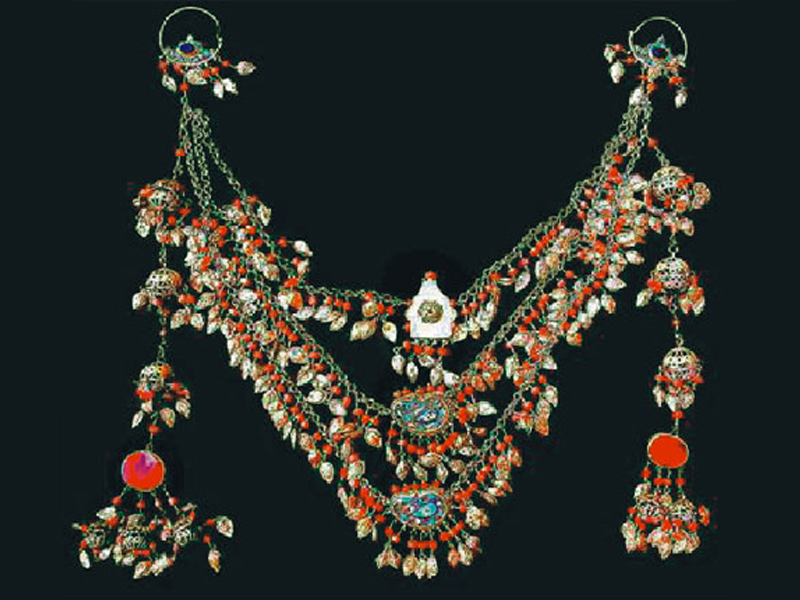 Long-preserved and consistent shape of old jewellery items is one of important specificities of Khorezmian jeweller’s art. For many centuries craftsmen and their families engaged in making jewellery, when sons took over from their fathers, and wives and daughters assisted men in this trade.
|
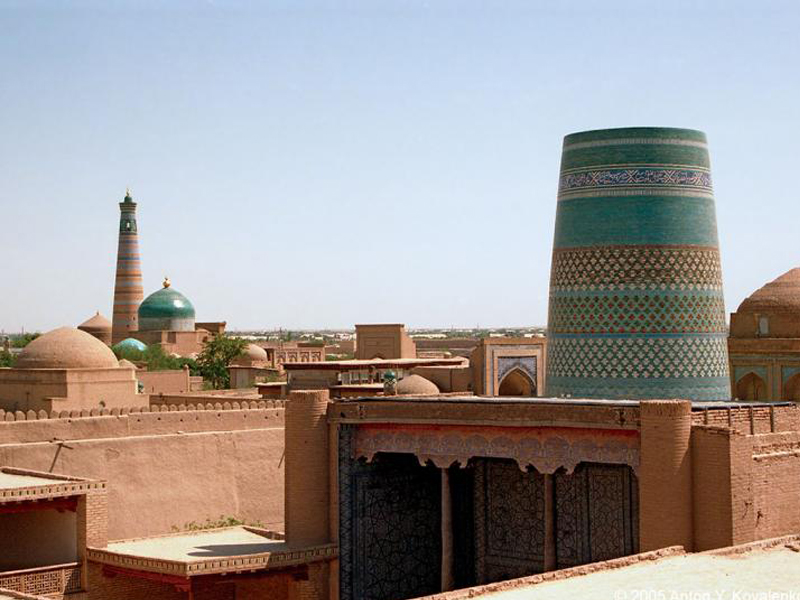 The culture of Khorezm that evolved over many millennia in the flood-lands of full-flowing Amudarya River rightfully belongs among the greatest gains of global civilization, reflecting diverse spiritual richness of Uzbekistan. The crown of cultural achievements of people residing in Khorezm region is deservedly considered to be Ichan-kala, the world-known architectural ensemble that has also become a kind of treasury of remarkable museum collections.
|
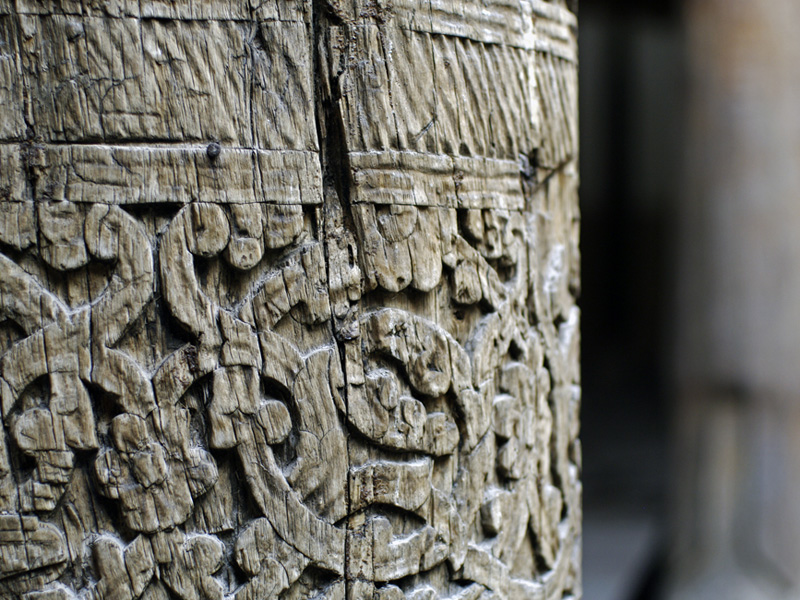 The basic part of the craft industry of the khanate was concentrated in Khiva. However, the years of economic development very often were replaced by a decline period. Anthony Jenkinson, representative of the English Trade Company, who visited Khiva in 1558, noted that the city of Vazir «was damaged very much by the internecine wars.
|
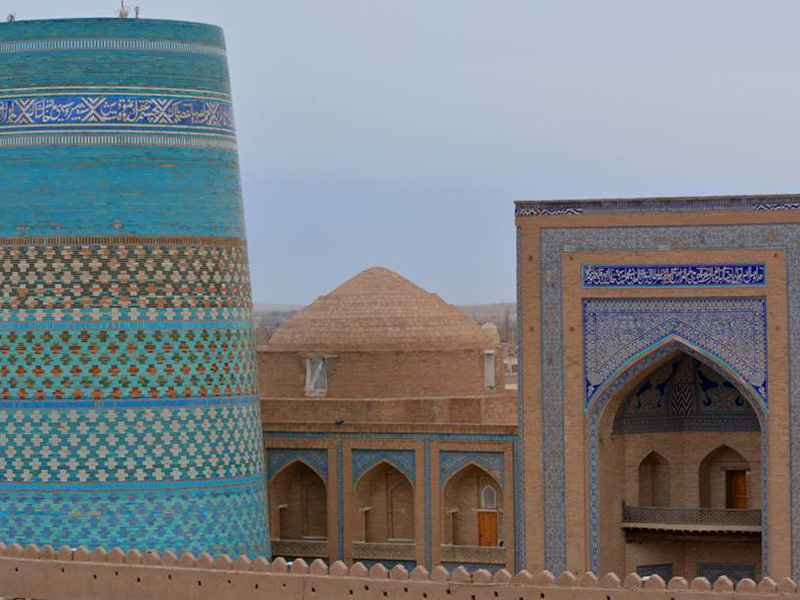 A study of the culture of the Khivan people and their ancient Khorezmian ancestors must focus on traditional Khorezm farming and irrigation, its typical agricultural tools, including the archaic Khivan bullock cart, the Amu Darya river ships (kema), and the materials of the various trades and applied arts.
|
 The Khorezm skull-caps (tahhiya) have a festive look, but do not feature embroidery. The specific features of the Khorezm skull-caps lie in its flat bottom and wide thin border decorated with a braid. The most plain and strict skull-caps for men are mainly made of the dark velvet. The skull-caps for men and women have the common form, but skull-caps for women are made of expensive fabrics and decorated with small details.
|
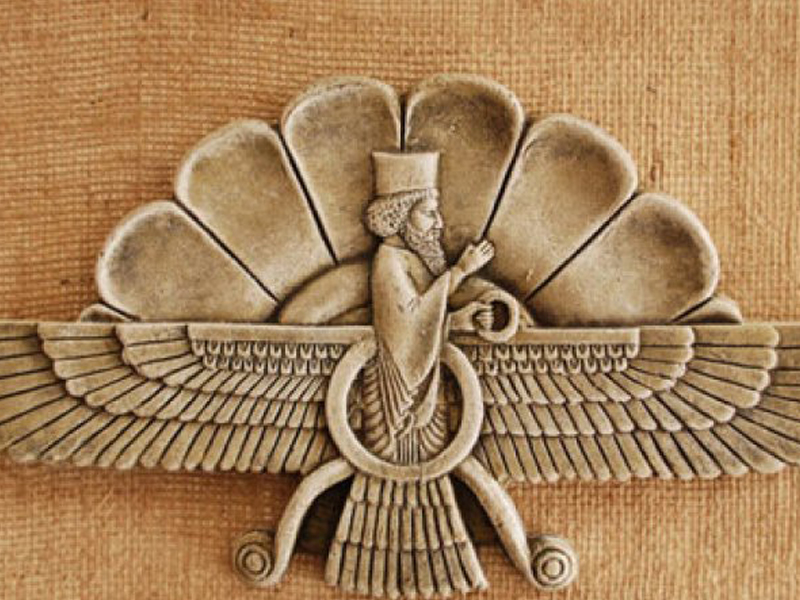 Many research scholars say that Central Asia - and in particular ancient Khorezm, is the motherland of Zoroastrianism and its prophet Zaratushtra.
|
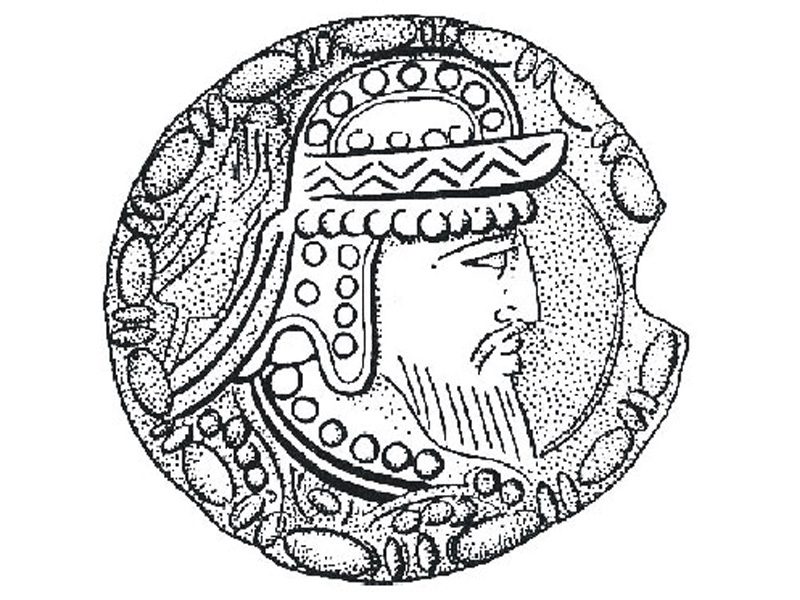 When the author studies the costume of Khorezm inhabitants, she sources her findings from the pictures of costumes represented in the pieces of fine art discovered on the territory of ancient Khorezm, namely murals, terracotta, sculpture, and coins from ancient settlement sites of Gyaur-kala, Koy-Krylgan-kala, Toprak-kala, Ayaz-kala and others.
|
 One of the centres of ancient art and culture was Khorezm – a state situated in the lower reaches of Amudarya River, presently the territory of the Republic of Karakalpakstan, the Khorezm Region of Uzbekistan, and the Dashkhovuz Region of the Republic of Turkmenistan.
|
 The album represents the first systematic survey of the wide-ranging topic - "Uzbek photography". This phenomenon is unique within the historical context - just coming into being; the photo penetrated far into Central Asia and left behind not only invaluable documents of life more than century ago, but also created true artistic masterpieces. Today, few people remember that the aim of expediting the work of artists was the decisive factor in the invention of photography.
|